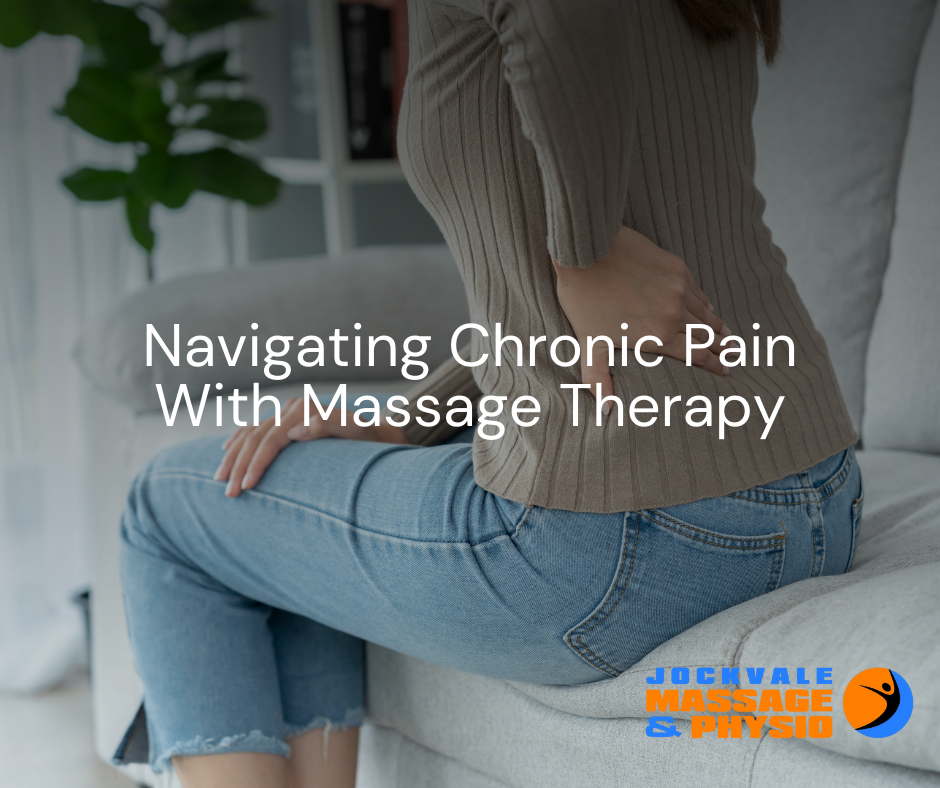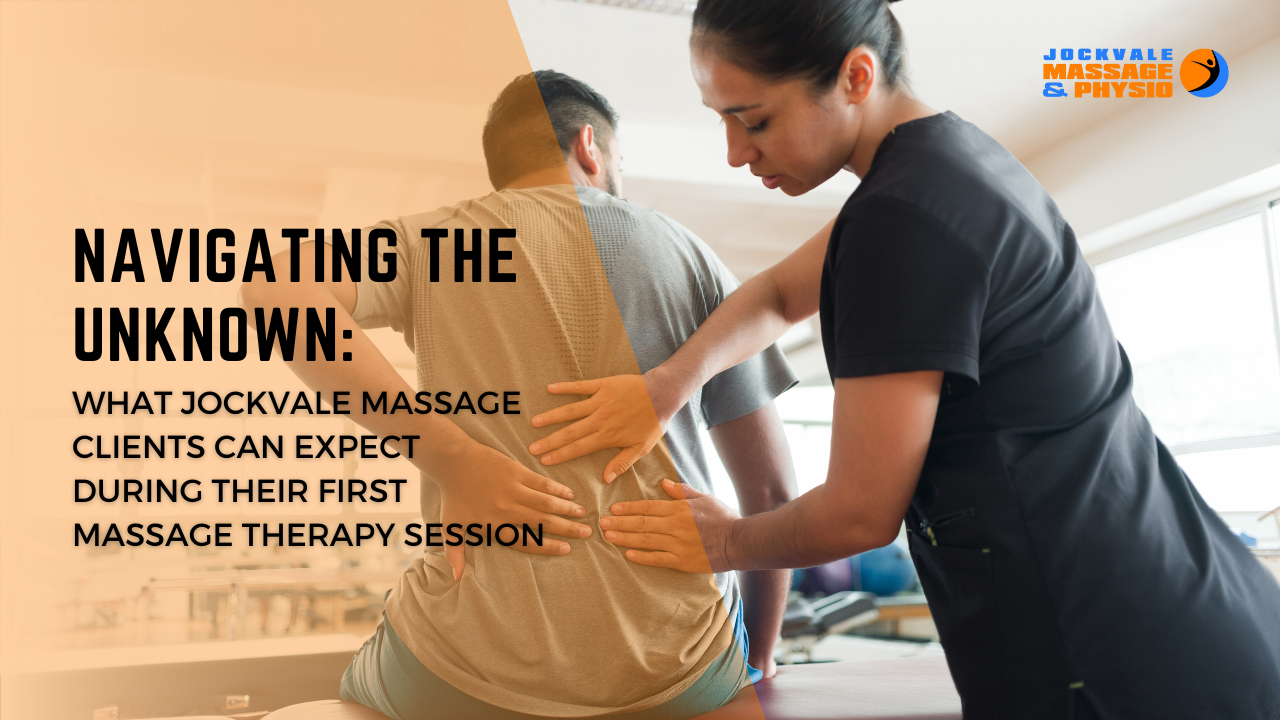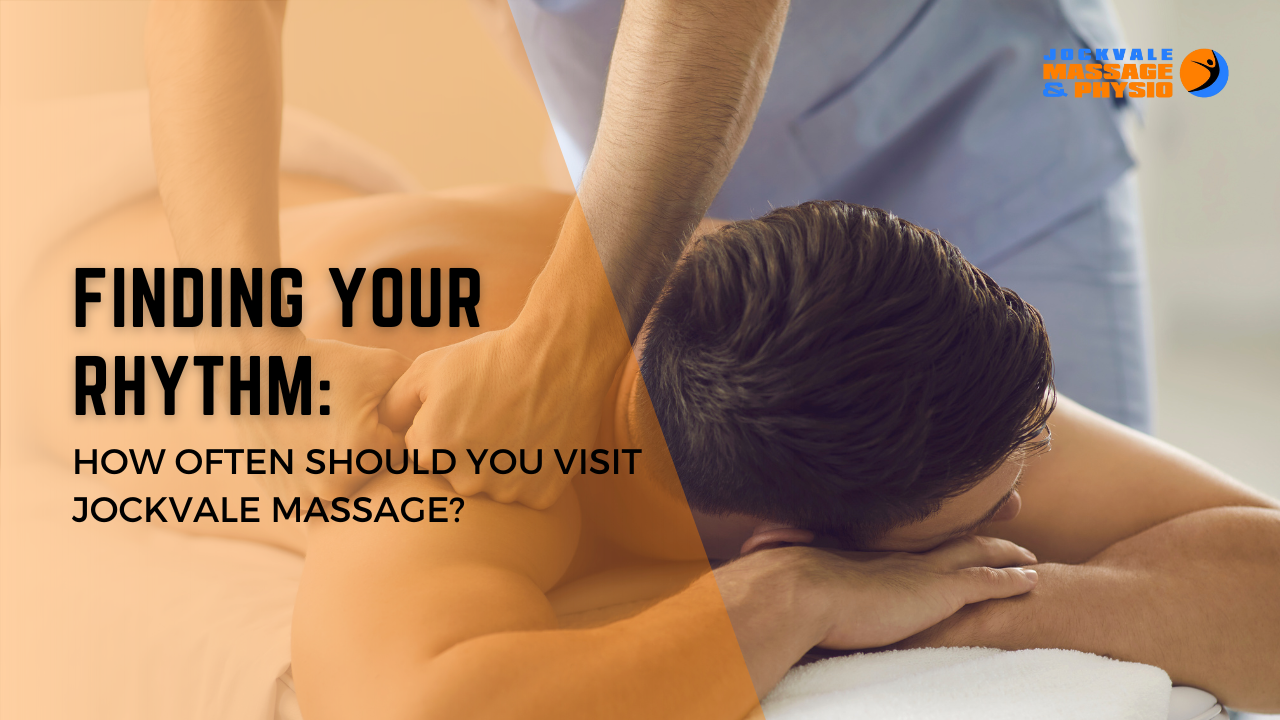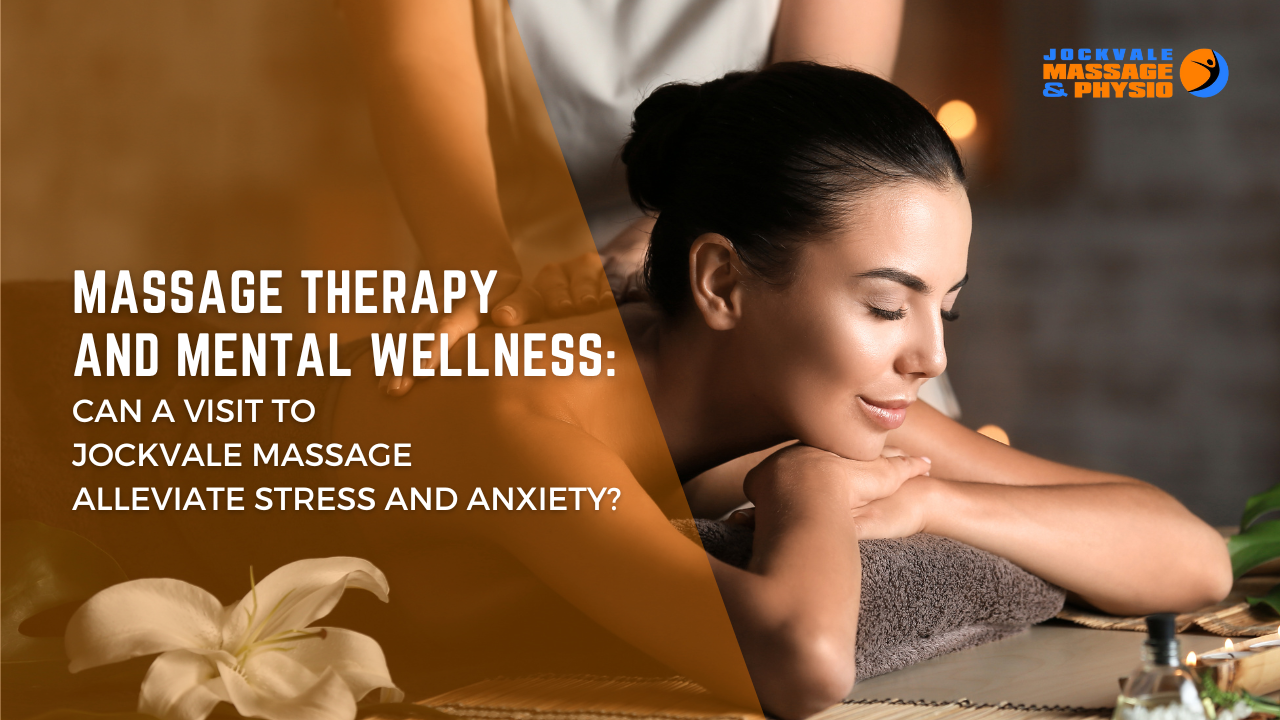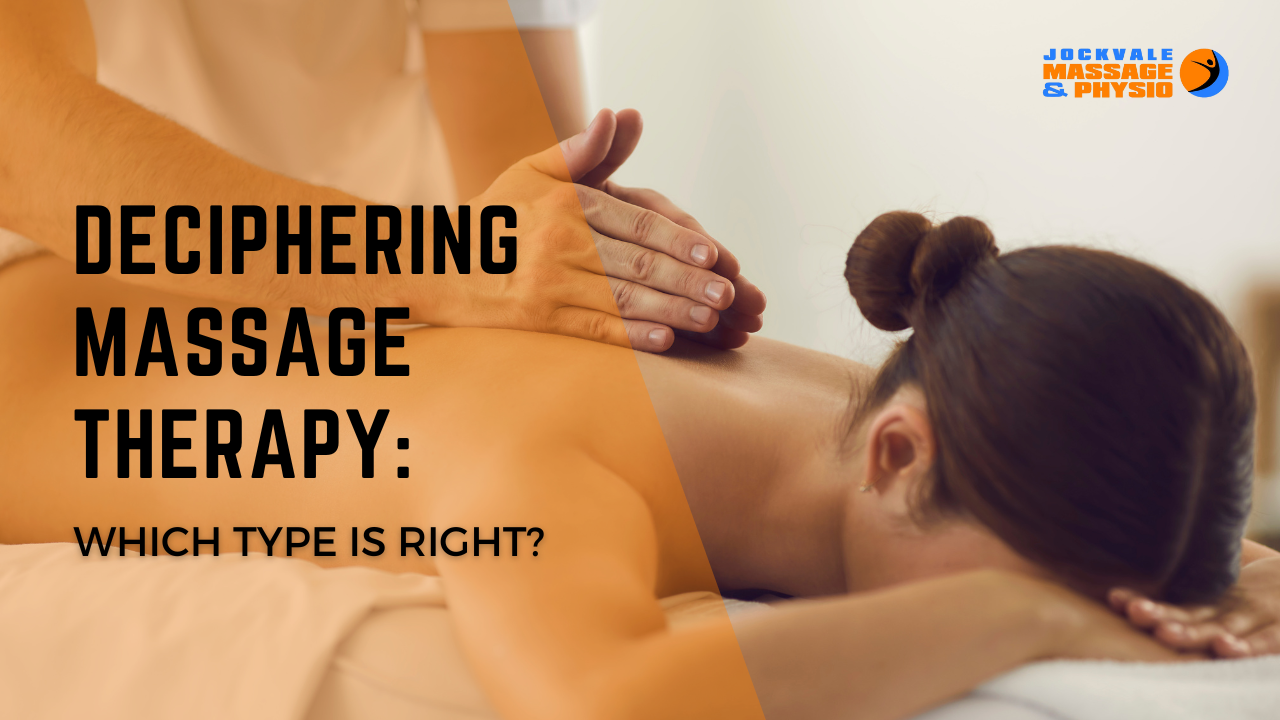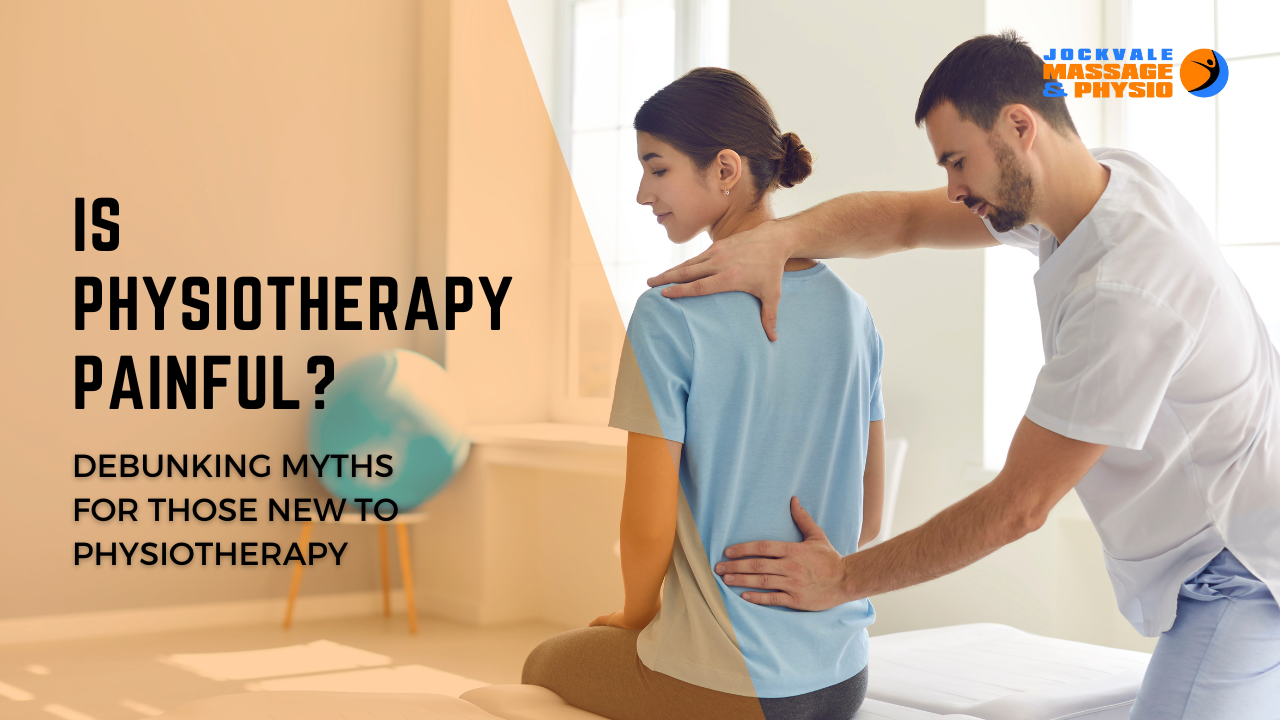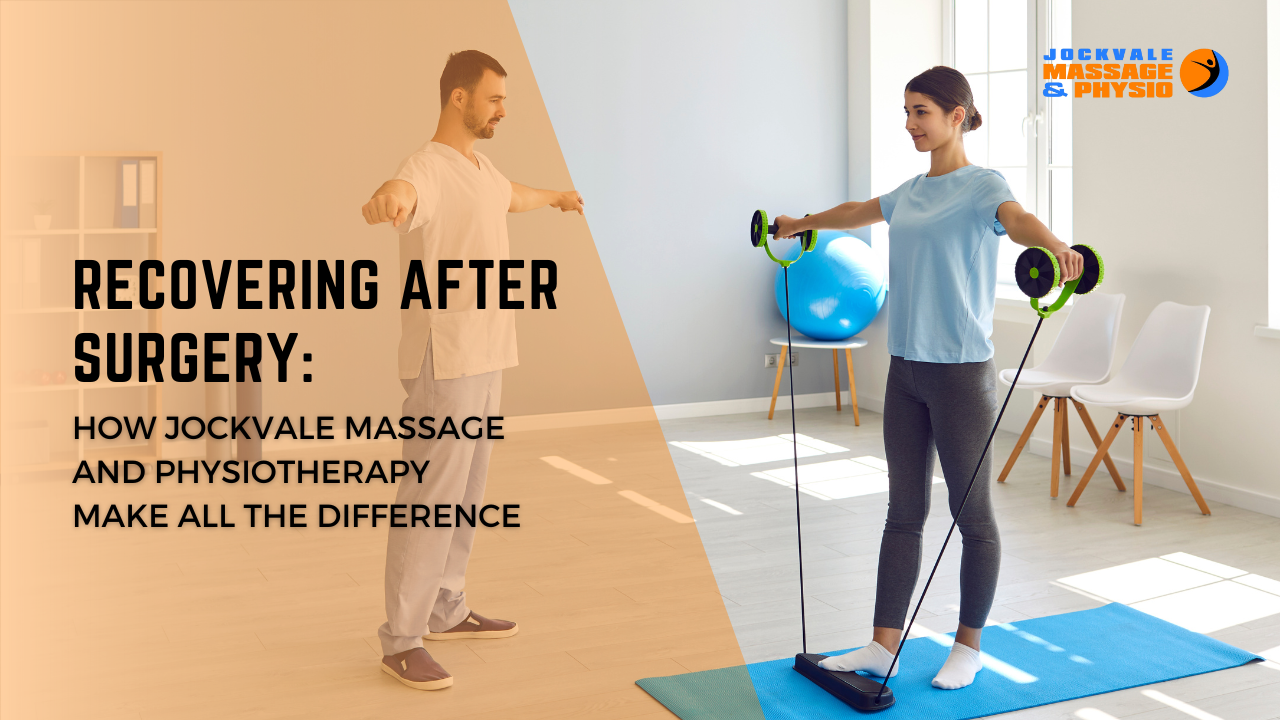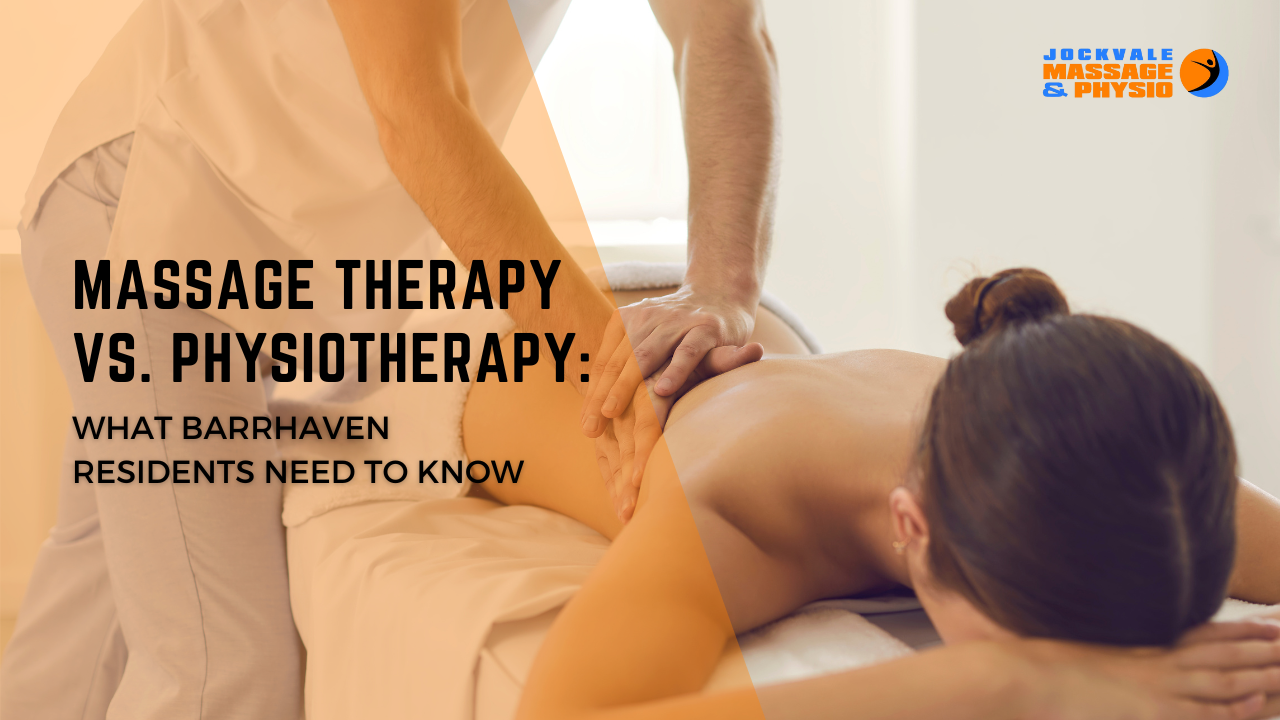Manage Chronic Pain with Massage in Barrhaven
Living in Barrhaven, we’re part of a vibrant community that’s always on the move. But for those of us dealing with chronic pain, life can sometimes feel like it’s on pause. Massage therapy has become a beacon of hope for many in our neighborhood, offering a path to manage pain and regain mobility. However, it’s not without its pitfalls. In this friendly guide, we’ll explore the right and wrong ways to approach massage therapy for chronic pain, all from a Barrhaven local’s perspective.
A Tailored Approach or a One-Size-Fits-All Chronic Pain Solution
Understanding the Unique Nature of Your Pain
Here at Barrhaven Massage Wellness, we know that our clients are wonderfully diverse – and so are their pain management needs. A common misstep is thinking any massage therapy technique will do the trick. But just like how a BeaverTail doesn’t fit every snack craving, a single massage method won’t address every type of chronic pain.
The Massage Wellness Way: Seek out a local massage therapist who understands the nuances of chronic pain. They can offer a treatment plan customized to your specific needs, whether it’s gentle strokes for fibromyalgia or firmer techniques for deep-seated muscle pain. It’s about finding what works for you, right here in our community.
2. Valuing Regular Sessions Over Sporadic Appointments
Consistency is Key
At Massage Wellness, we value consistency, whether it’s in our community events or our personal routines. The same goes for managing chronic pain with massage therapy. Occasional sessions might feel good, but they’re like the fleeting joy of our annual summer fairs – short-lived.
The Massage Wellness Way: Make massage therapy a regular part of your routine. It could be weekly sessions at that cozy clinic near the Marketplace, or bi-weekly visits to a home-based therapist in Longfields. Regularity helps in gradually reducing pain and improving your overall well-being.
3. Recognizing the Holistic Benefits Beyond Physical Relief
Massage Therapy: More Than Just Physical
At Massage Wellness, we understand the importance of holistic well-being – it’s not just about physical health, but mental and emotional balance too. When it comes to massage therapy for chronic pain, it’s a mistake to focus solely on the physical aspect.
The Massage Wellness Way: Embrace the full spectrum of benefits that massage therapy offers. It’s not just about easing muscle tension; it’s also about creating a space for mental relaxation and emotional release. Consider integrating techniques like joint mobilization, Acupressure or Lymph Drainage to enhancing your emotional well-being.
Treating Your Chronic Pain
As a Barrhaven local, you have access to a wealth of resources and professionals who can guide you in managing chronic pain through massage therapy. Remember, the journey to pain relief is not just about the physical aspect; it’s about understanding your body’s needs and nurturing your overall well-being. In our community, we’re all about supporting each other – and that includes supporting our journey to a pain-free life.

